This website uses a variety of cookies, which you consent to if you continue to use this site. You can read our Privacy Policy for
details about how these cookies are used, and to grant or withdraw your consent for certain types of cookies.
Blog

Correcting Flume Hydraulics with Replacement Floors
Replacement floors (AKA “magic bottoms” or “false floors”) are a way of correcting flume hydraulics without the need for costly demolition and construction. These floors can be used to correct: Low floor elevations due to poor installation Submergence due…

Drainage from Abandoned Mines
Historically, mines were often abandoned without proper (if any) cleanup. This lack of remediation and cleanup has meant that as water rises in the mine, pollutants, sediment, and debris can all enter what can become a flow of water out of the mine. Flow monitoring…

Monitoring the Flow of Landfill Leachate
Let’s not kid ourselves – landfill leachate is some nasty stuff. If it has gone into the landfill, there is the likelihood that it has concentrated in the landfill. This environment can make it exceedingly challenging for primary devices (Flumes, Weirs, and…

Green Roof Runoff Flow Monitoring with Flumes and Weirs
Green roofs have grown in popularity in the US in the past decade. Popularized in Germany begining in the 1960's, green roofs have shown to provide benefits to the building owners and society as a whole. WIth this popularity comes a desire to best utilize the…
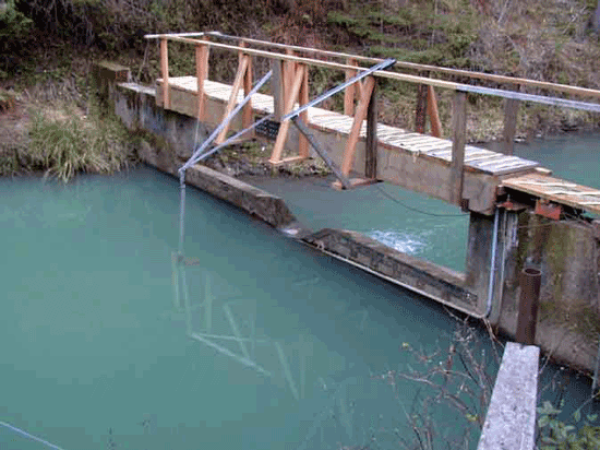
Compound Weirs
In situations where flow rates are expected to vary widely, the use of a compound weir may be an appropriate solution. The most common compound weir consists of two stages, a rectangular notch with a 90º V-notch cut into the center of the crest - but it does not have…

Stream Gauging with H Flumes
A great time lapse video showcasing the ability of the H Flume to handle a wide range of flow conditions. The video covers a six day period captured in 30 minute intervals and details the dramatic increase in flows due to a significant precipitation event. From low flows…
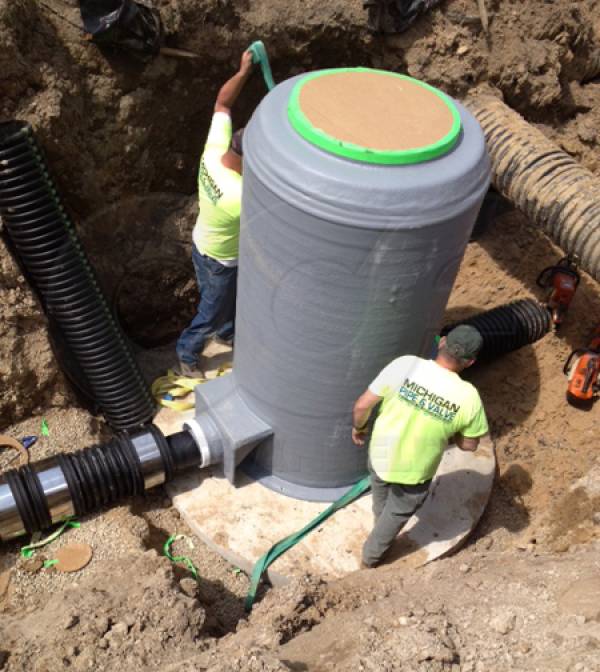
A Visual Guide to Installing a Fiberglass Manhole
Fiberglass Manholes are lightweight (~1/10th the weight of concrete), corrosion resistant, and watertight. Their installation is straight forward and can be accomplished with less manpower and equipment than a traditional concrete vault or manhole. Where line…
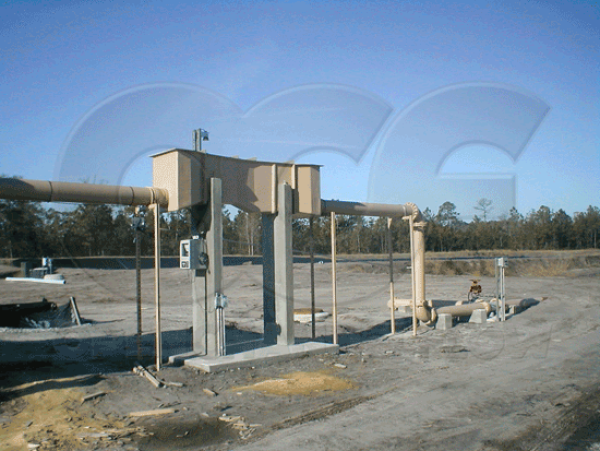
Parshall Flumes: Site Selection
Site selection should be viewed as only part of the requirements for a proper Parshall flume installation. While important, good site selection cannot overcome poor upstream or downstream conditions. In selecting a site, the following should be considered: Channel location…

Freestanding Flume Installations
The common method of installing a flume is to encase it in concrete or an earthen channel. Sometimes, though, flow needs to be measured where this just isn’t an option. For these installations something else is needed: a freestanding installation!…
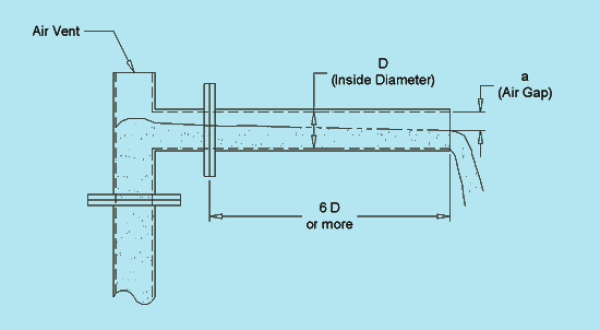
California Pipe Method of Flow Measurement
Flow from a horizontal pipe can be estimated through the use of the California Pipe Method. The method can be useful for measuring free-spilling discharge out of the end of horizontal pipes from 3 to 10-inches [7.62 – 25.4 cm] in diameter and flowing only partially…
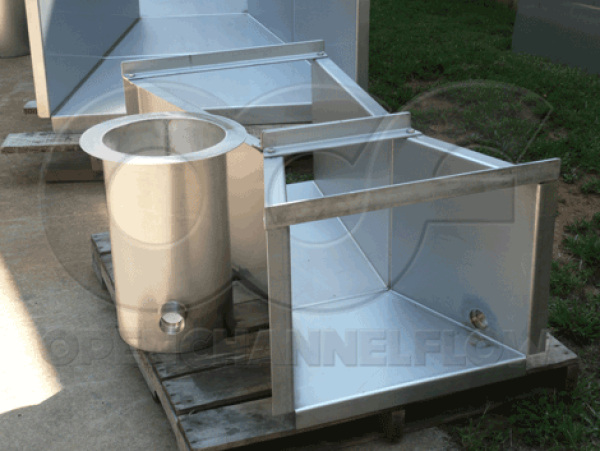
Cutthroat Flumes: See What's Missing
The Cutthroat Flume is one of the more recent styles of flumes to be developed. Development of what would become the Cutthroat flume began during the 1960’s at the Utah State Water Research Laboratory. The goal was to create a low cost flume to monitor surface water…
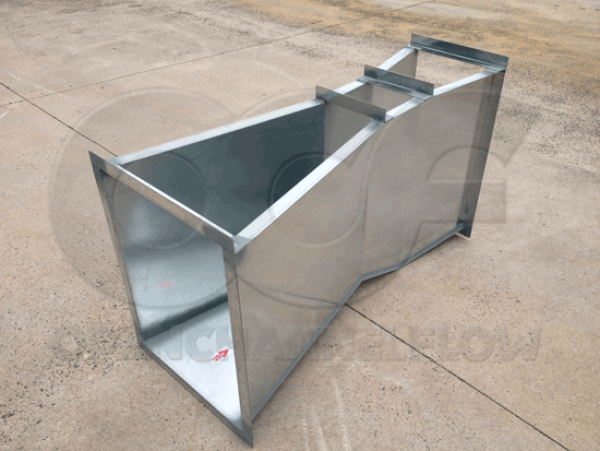
Galvanized Steel Parshall Flumes
In the right applications, galvanized steel Parshall flumes can be a good choice to measuring the flow of water. Irrigation and water rights applications (generally in the Intermountain Region of CO, UT, WY, MT, ID) were abrasive grit, stones, or debris are not present are…

LOCATIONS IN ATLANTA, GA & BOISE, ID

